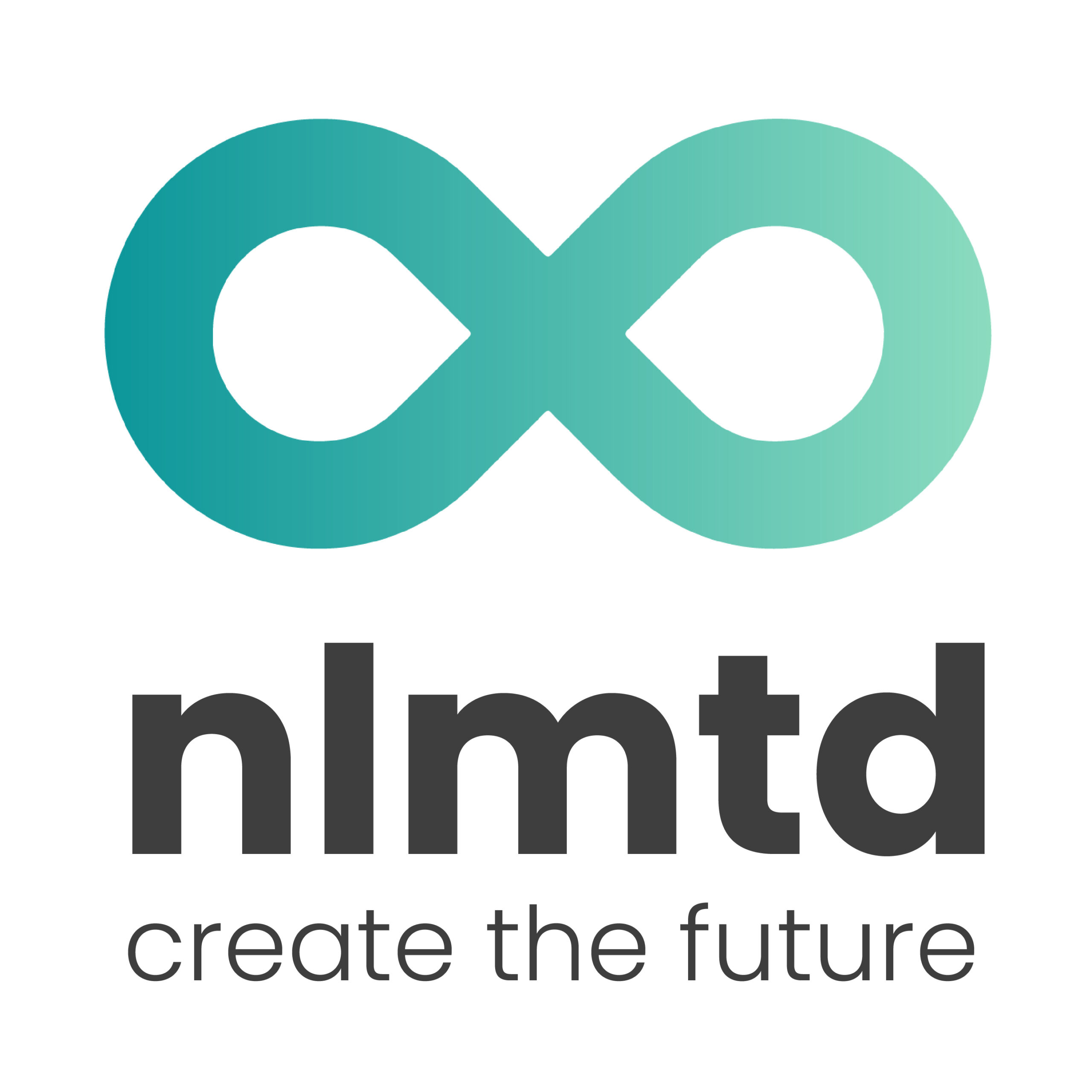
Marijke Vos
Director
Marijke Vos brings experience in innovation, strategy, and digital transformation to corporates, startups, and government organizations, with a broad background in financial services, ICT, and sustainable energy. Her genuine approach inspires trust and empowers organizations.

Jelte Boersma
Consultant
Jelte is a consultant at nlmtd, working at the intersection of entrepreneurship, innovation, and societal transitions. With experience in the energy and mobility transition, he helps organizations turn ideas into scalable, impactful solutions from validation to scaling.
Share this article
The pressure on the national government to innovate has never been greater. Citizens and businesses expect faster, more flexible, and more effective solutions to complex societal challenges. At the same time, public organizations often struggle with internal barriers: outdated processes, risk-averse behavior, and the delicate balance between freedom and control. Yet, during the TNW Conference on June 19, it also became clear how strong the motivation and ambition are to tackle these challenges. The crucial question now is: how do we turn this energy into concrete, lasting change?
The power of sharing
It was inspiring to see how much energy was unleashed by sharing challenges and finding recognition among peers. Professionals spoke openly about the tensions within public organizations: how to strike the right balance between freedom and structure, how leadership can support innovation, and how to address shared challenges. At the same time, examples of successful initiatives spoke for themselves: renewal is not only necessary but also achievable.
Learning from successes
To truly foster innovation, it is essential to learn from what is already working well. Across government, countless professionals are driving innovative solutions every day with vision, courage, and perseverance. Their stories are not only inspiring but also provide practical tools for others. That is why the session highlighted two successful examples of innovative collaboration between government and the market:
Startup in Residence (SiR) Intergov
This program proves that collaboration with startups within procurement rules is not only possible but also highly practical. With 12 rounds to date, more than 1,900 participating innovative companies, and follow-up assignments for an impressive 35%, SiR Intergov demonstrates how societal challenges can be addressed together with the market. The keys to success are strong matchmaking, smart coaching, effective procurement, and active support for scaling. A fitting reward: the program has now been nominated for the European Enterprise Promotion Awards, and there is a call to develop a European blueprint.
Dutch Metropolitan Innovations Ecosystem (DMI)
With 120 parties involved and a joint investment of €85 million (of which €65 million comes from the market), the DMI ecosystem is driving a significant leap forward in area development. Through improved data access and innovative collaboration, a flexible ecosystem is emerging, centered on compliance checks, marketplaces with rating mechanisms, and open knowledge sharing. The goal? To build the cities of the future smarter and faster.
Challenges in practice
In addition to inspiring cases, the session delivered deep insights from roundtable discussions and breakouts:
Breaking the clay layer: Middle management in organizations is sometimes perceived as cautious and hesitant when it comes to renewal. By actively involving this group in internal and external innovation hubs and inspiring them, space is created for organic growth.
Frameworks and freedom: Startups require direction to work effectively with the government, but excessive regulations can undermine their creativity. The key lies in creating room within clear yet flexible frameworks.
Rewarding innovation: Recognize professionals for their innovative actions. Leadership should allow space for experimentation and actively share success stories. One suggestion that resonated strongly: explicitly add innovation to performance reviews.
Collaborating with impact: Innovative forms of collaboration, such as competitive dialogue, ICT testbeds, and innovation-oriented procurement, hold great potential. Crucial here is space for honest conversation and depth, ensuring that ideas can truly take root and flourish.
What's next?
The nlmtd session at the TNW Conference made one thing crystal clear: the energy and ambition for innovation within government is abundant. What we need now are leaders who truly create space, a culture where renewal becomes the norm, and visibility for successful projects.
The challenge ahead is clear: to sustain the momentum, strengthen connections, and above all, keep moving into action. Because only then can we truly make a difference. Together.





